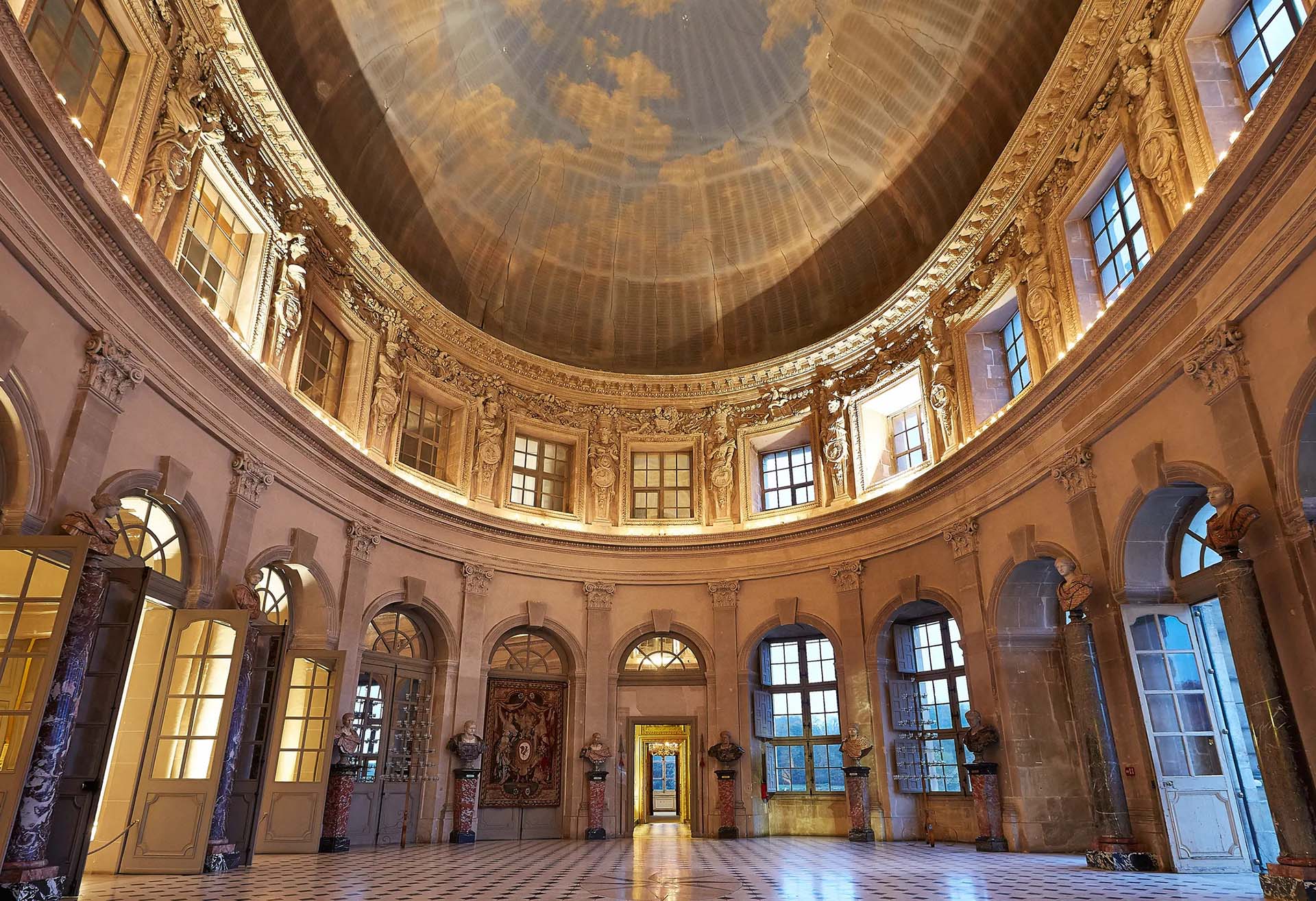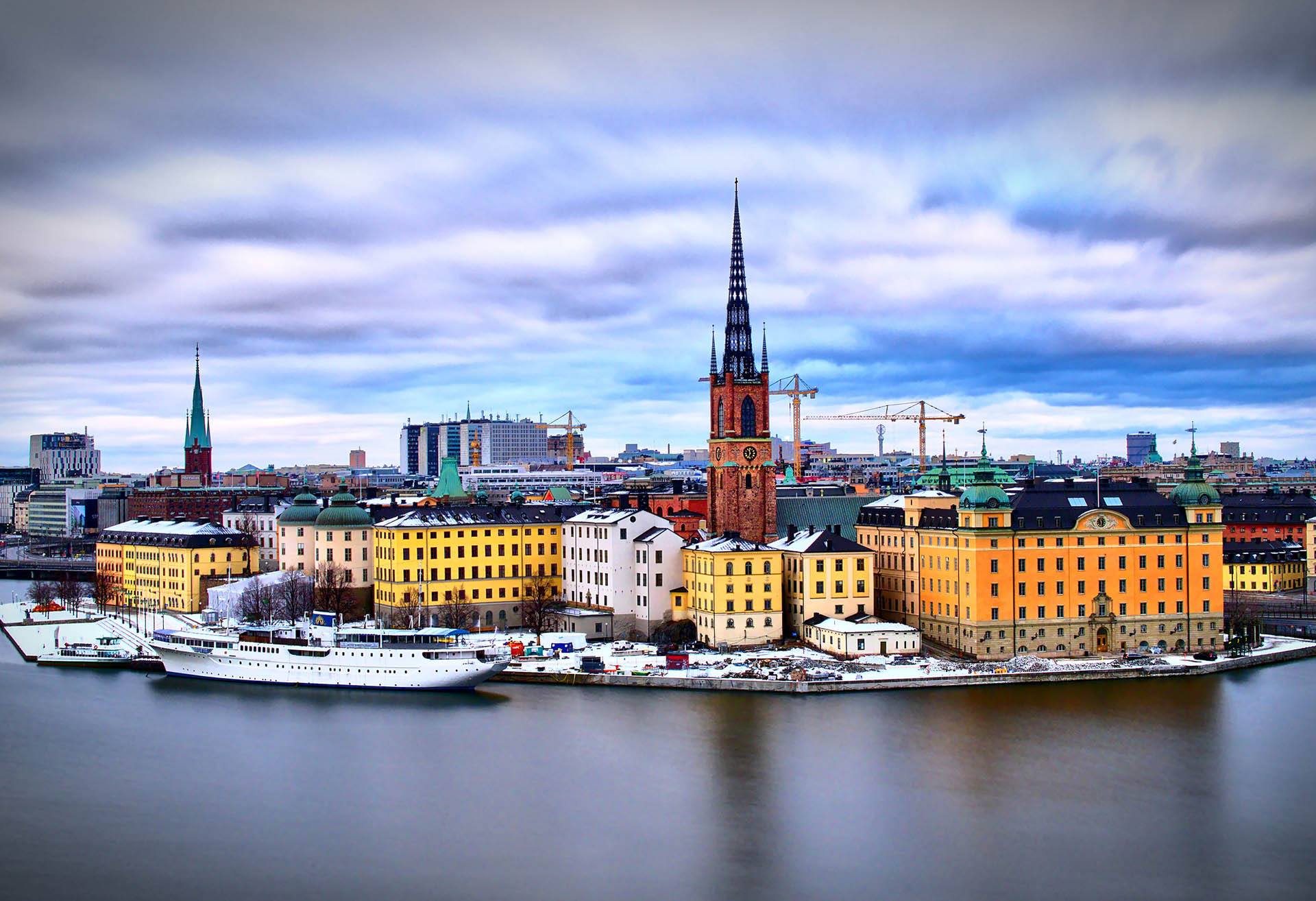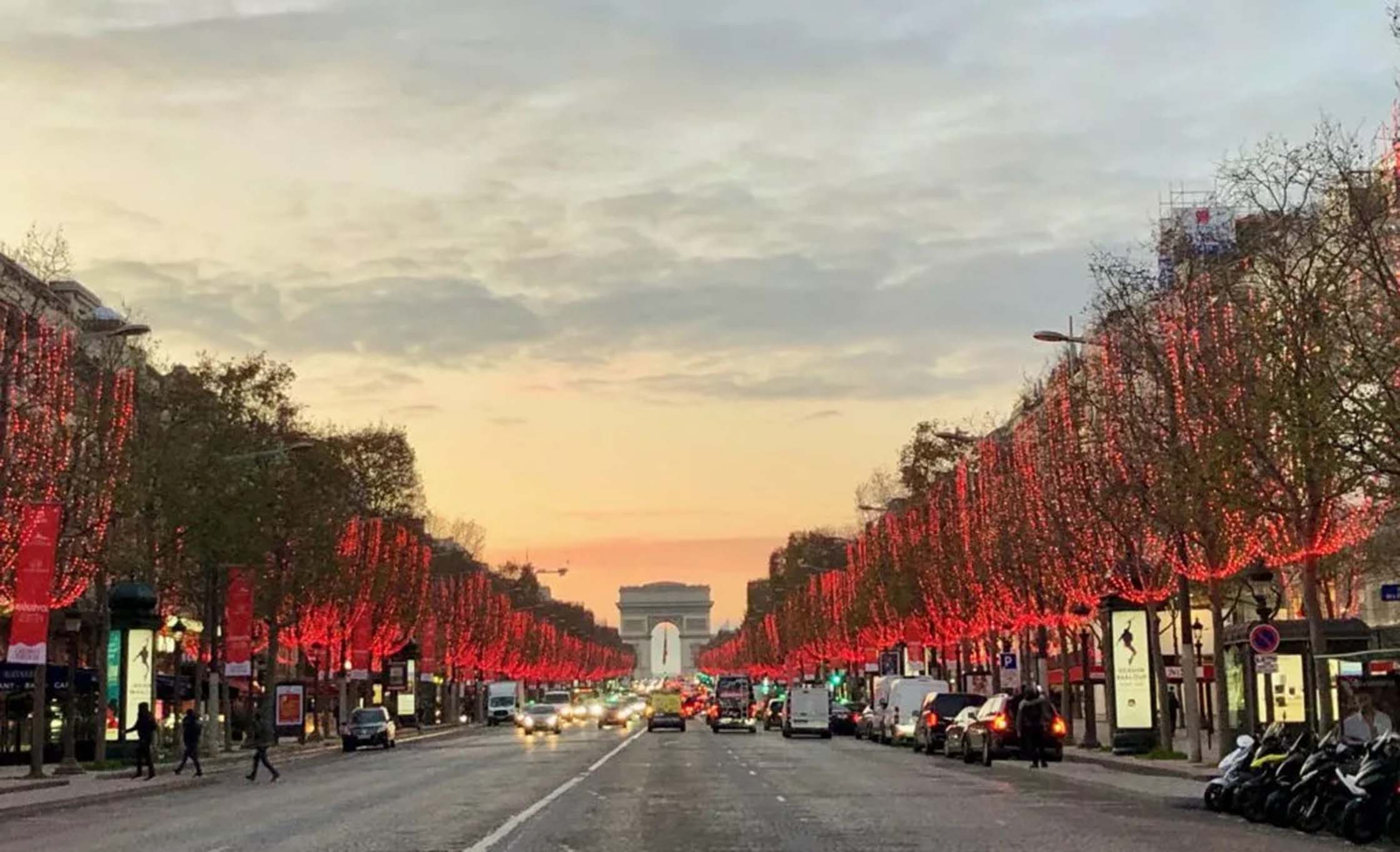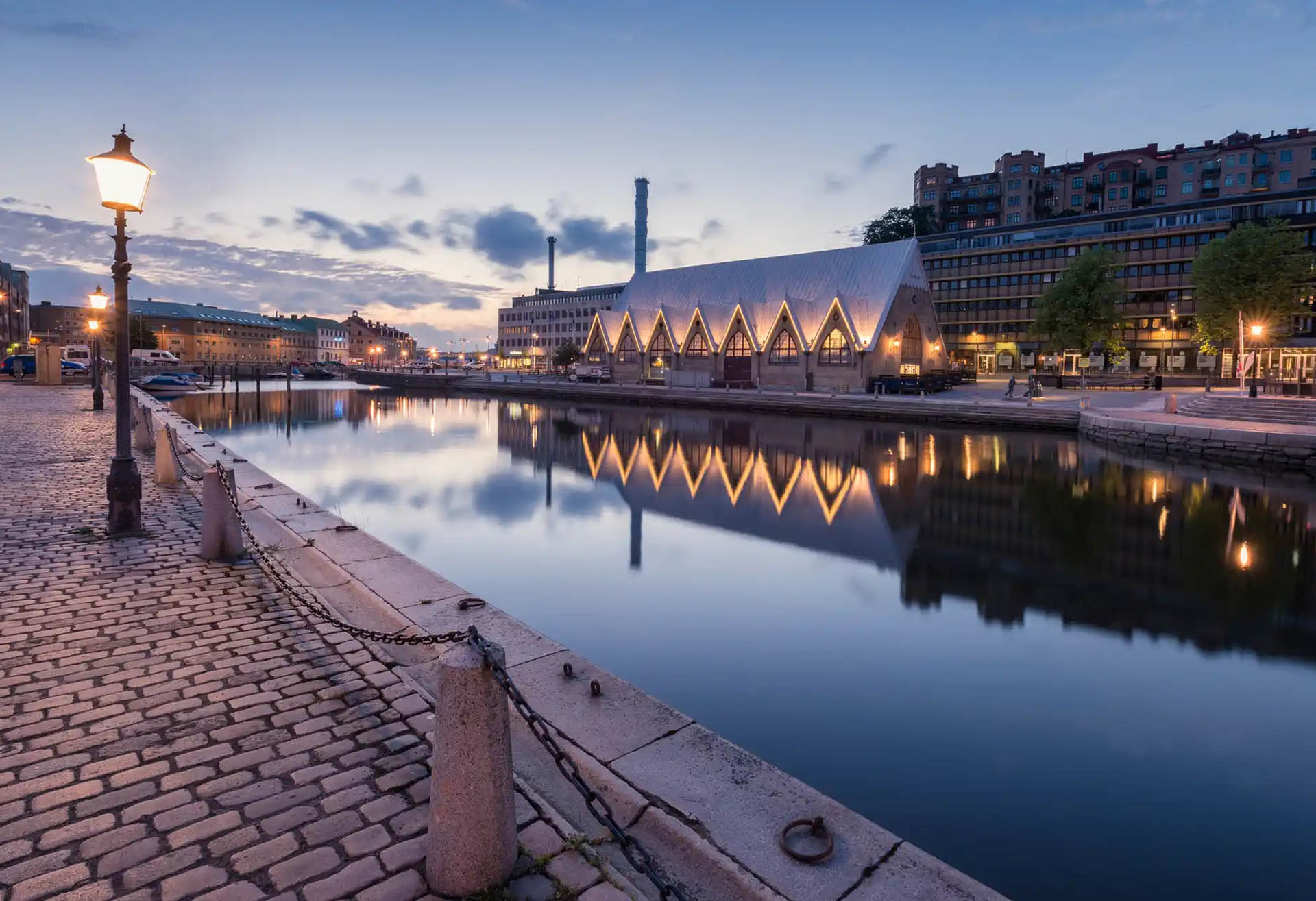Vaux-le-Vicomte: A Glimpse into Baroque Opulence
A mere hour’s journey from the vibrant streets of Paris lies a treasure trove of history, elegance, and architectural splendor—Château de Vaux-le-Vicomte. This majestic estate stands as a testament to the artistic brilliance and cultural opulence of the Baroque era. Its grandeur, from the meticulously crafted façade to the breathtaking gardens, offers an immersive experience into the extravagant lifestyle of the 17th-century French aristocracy. Exploring this architectural marvel is a journey back in time, unveiling the magnificence that defined an era and continues to captivate visitors with its timeless allure. Join us as we embark on an exploration of Vaux-le-Vicomte, a true gem nestled just beyond the bustling cityscape of Paris.
Discovering Vaux-le-Vicomte’s Architectural Grandeur
Set within an hour’s distance from Paris, the Château de Vaux-le-Vicomte stands as a pinnacle of Baroque architecture and historic opulence. Its architectural grandeur has intrigued travelers and history enthusiasts for centuries. Visiting this magnificent castle offers a glimpse into the lavish lifestyle of the 17th century French aristocracy.
The Château de Vaux-le-Vicomte stands as a crowning jewel of Baroque artistry and architectural excellence. Its majestic facade, a testament to meticulous craftsmanship, presents a harmonious fusion of art, culture, and design that encapsulates the essence of the Baroque era. The castle’s exterior, adorned with ornate sculptures, intricate detailing, and symmetrical proportions, exudes an air of grandeur that echoes an era of aristocratic splendor and refined taste.
The meticulously sculpted gardens, envisioned by the renowned landscape architect André Le Nôtre, unfold as a captivating masterpiece in themselves. These sprawling grounds, meticulously manicured with geometric precision, offer a visual symphony of greenery, pathways, and water features. The interplay of light and shadow, the careful placement of fountains and statues, create an immersive experience that transports visitors to a realm where nature and art intertwine seamlessly.
Upon stepping inside the castle’s opulent interiors, visitors are greeted by a lavish display of artistic finesse. Every room, adorned with elaborate decorations, intricate frescoes, and luxurious furnishings, narrates a story of aristocratic opulence. The elegant salons, adorned with gilded moldings and exquisite tapestries, evoke an atmosphere of sophistication and cultural refinement. Each chamber reflects the meticulous attention to detail and the artistic prowess of the craftsmen who adorned these spaces centuries ago.
The castle’s architectural magnificence, coupled with the enchanting allure of its gardens and interiors, invites visitors on a transcendent journey through time. It’s a captivating glimpse into an era marked by lavishness, cultural sophistication, and architectural innovation, leaving an indelible impression of the grandeur and opulence of the Baroque period.
Exploring the Grounds: A Journey through Baroque Elegance
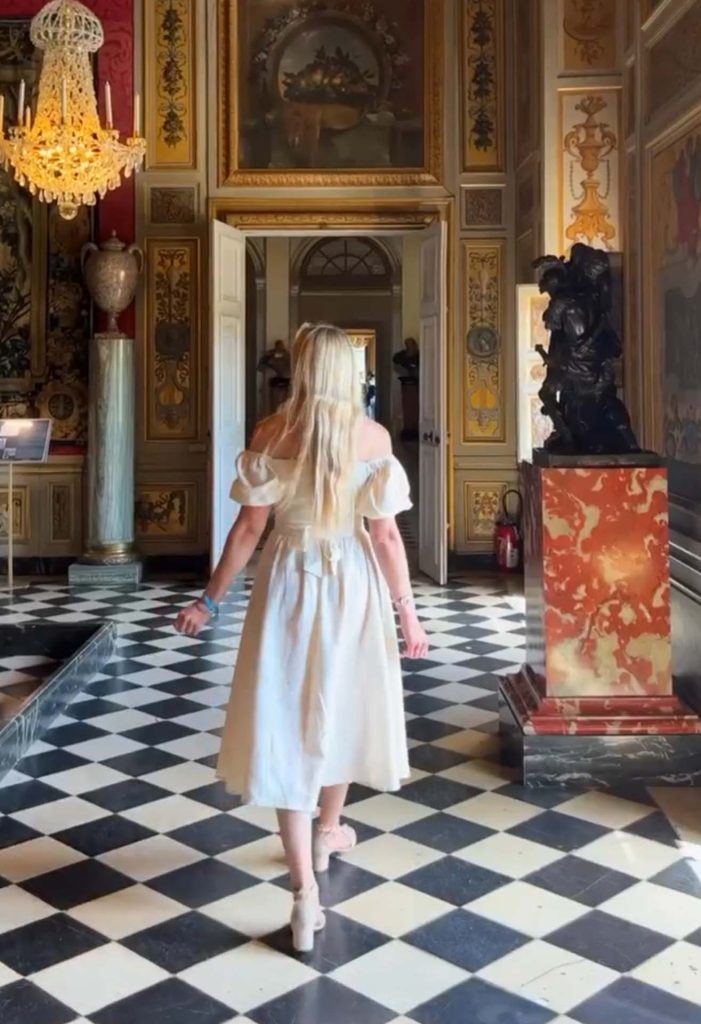
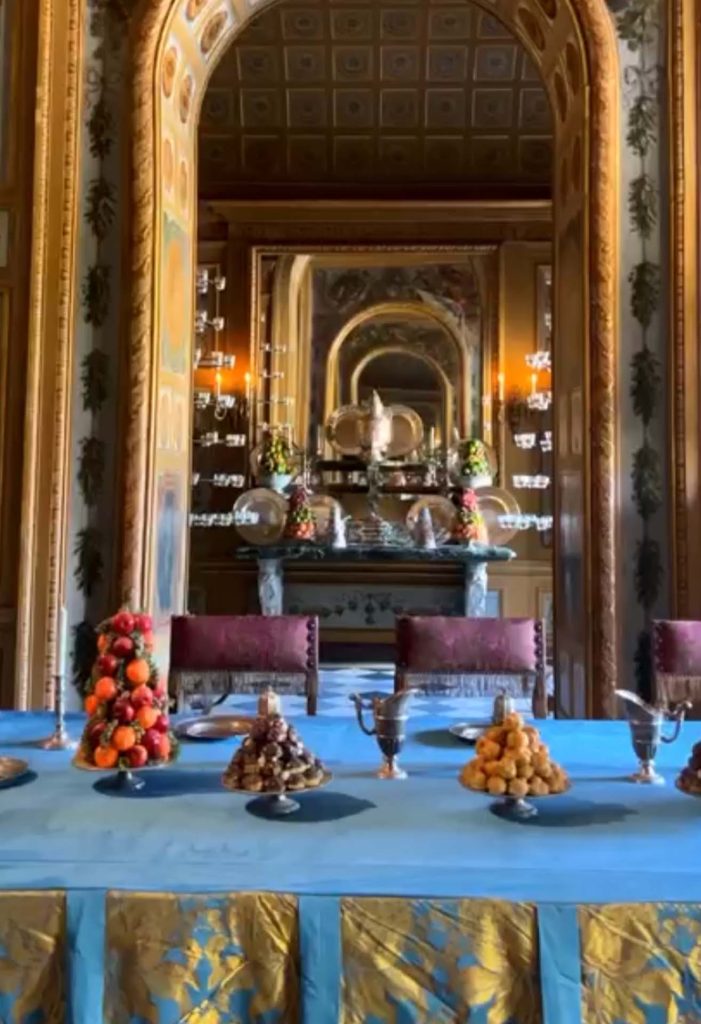
The Château de Vaux-le-Vicomte’s exterior is a testament to the meticulous artistry and lavish embellishments that epitomized the Baroque period. Its façade, adorned with intricate sculptures, elaborate carvings, and meticulously crafted architectural elements, represents the opulence and grandeur characteristic of that era. The ornate details, from the sculpted reliefs to the fine moldings and decorative motifs adorning the walls, reflect the exquisite craftsmanship and artistic flair of the artisans of the time.
Beyond the castle walls, André Le Nôtre’s masterful garden design unfolds like a living tapestry, meticulously planned to complement and enhance the castle’s magnificence. The gardens are a masterpiece of landscaping, employing precise geometric patterns, meticulously trimmed hedges, and carefully aligned pathways to create a sense of symmetry and harmony. Le Nôtre’s ingenious use of perspective and optical illusions within the garden’s layout adds depth and drama, drawing the eye towards focal points like fountains, sculptures, and ornamental lakes.
This meticulous attention to detail in both the castle’s exterior and the gardens serves as a testament to the Baroque era’s dedication to opulence, grandiosity, and the harmonious fusion of art and nature. It’s a visual symphony that invites visitors to immerse themselves in an era where architectural excellence and artistic expression converged to create an awe-inspiring spectacle.
Practical Details: Planning Your Visit
- Car: Driving from Paris to Vaux-le-Vicomte takes about an hour. Visitors can take the A4 highway towards Metz-Nancy, and then the A5 towards Troyes. Exit at exit 14 (Fontainebleau) and follow the signs to the castle.
- Train: From Paris, take a train from Gare de Lyon to Melun. From Melun, there are shuttles available to reach the castle, or visitors can take a taxi for a short ride.
- Organized Tours: Many tour companies offer day trips from Paris to Vaux-le-Vicomte, often combining visits to other nearby attractions. These tours typically include transportation, guided visits, and sometimes skip-the-line access.
Ticket prices for the Château de Vaux-le-Vicomte can vary depending on the nature of the visit and the sections of the estate visitors wish to explore. Typically, standard adult admission that grants access to both the castle and its splendid gardens falls within the range of approximately €18 to €20. However, it’s important to note that there might be additional charges for specialized tours, entry to specific areas within the estate, or exclusive events.
For those considering a visit, exploring online booking options in advance may yield some advantages. Discounts or package deals are occasionally offered, particularly for combined tickets or guided tours. Booking ahead might not only save time but also provide opportunities for slight cost savings. Yet, it’s essential to be mindful that these prices could fluctuate based on various factors such as seasonal variations, ongoing events, or the inclusion of extra services during the visit.
To ensure accuracy and updated information on pricing details, it’s advisable to refer to the official Château de Vaux-le-Vicomte website. There, visitors can find comprehensive details on ticket costs, any available promotions, and booking options, allowing for a well-informed and planned visit to this architectural marvel.
Personal Encounters: Highlights of the Journey
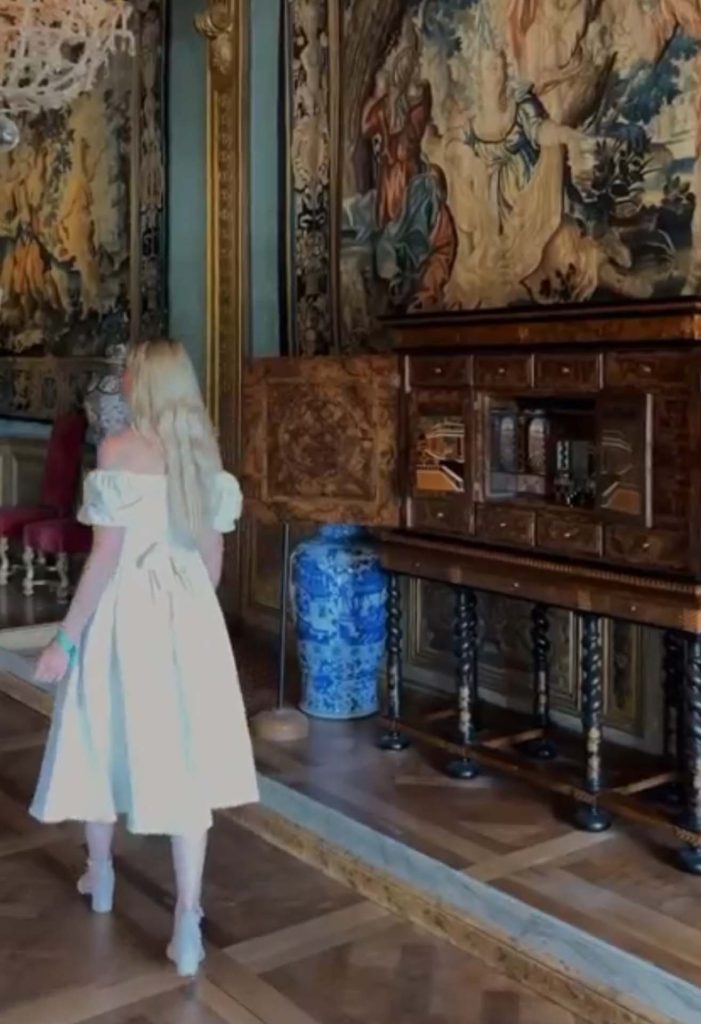
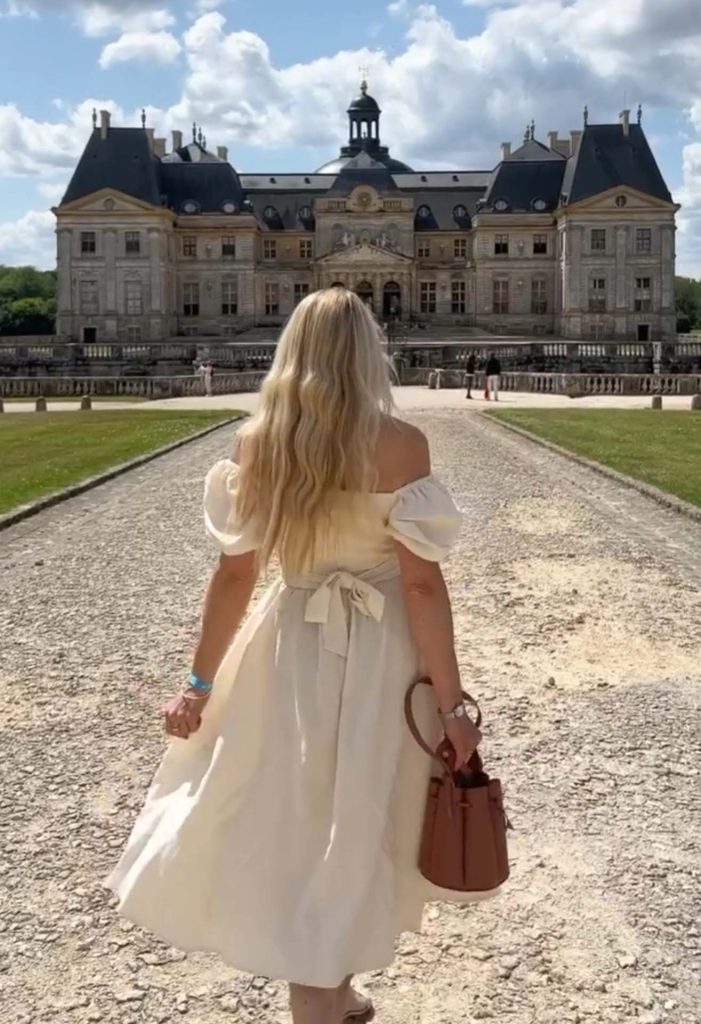
Immersing myself in the interiors of the Château de Vaux-le-Vicomte felt akin to stepping into a living masterpiece, a realm where regality and architectural finesse intersected harmoniously. Each chamber unfolded a narrative of opulence, a symphony of meticulously crafted furniture, ornate tapestries, and gilded embellishments that echoed the resplendence of a bygone epoch. The allure of the salons was unparalleled—the play of light dancing off lavish chandeliers, the intricately detailed ceiling frescoes evoking awe and reverence for the artistic prowess that defined the Baroque era.
Venturing into the meticulously landscaped gardens, crafted under the expertise of André Le Nôtre, was an immersive sojourn through a meticulously designed utopia. The precisely aligned box hedges formed intricate symmetrical patterns, reminiscent of an artist’s meticulously drawn canvas. Serenity enveloped the reflective ponds, their tranquil waters mirroring the ornate surroundings, while the hidden enclaves within the groves beckoned with an air of mystery and discovery. The strategic interplay of light and shadow amidst the verdant tapestry of sculpted greenery imbued the setting with an ethereal charm, transporting visitors to an epoch defined by refined grace and unparalleled artistic sophistication.
Traversing the meandering pathways of the Château de Vaux-le-Vicomte’s gardens unraveled a tapestry of hidden wonders and intricate details meticulously woven into the very fabric of the landscape. Each turn brought forth a new revelation, unveiling the elaborate craftsmanship that resonated throughout the Baroque-inspired design. There was an immersive quality to these gardens, a serene invitation to explore the nuances of a meticulously planned canvas.
Every nook and cranny seemed to whisper tales of a bygone era—a testament to the meticulous planning and artistic foresight that defined the Baroque landscape architecture. The rhythmic dance of the fountains, choreographed with the precision of a maestro, added a whimsical charm, while the gentle ripples playing on the surface of the reflective waters created a mesmerizing spectacle. The interplay of light, casting enchanting shadows upon meticulously sculpted greenery, further amplified the garden’s ethereal beauty, inviting a moment of introspection and appreciation for the symphony of nature and artistry.
Within this amalgamation of historical opulence and natural grace, emotions harmoniously intertwined—a profound sense of marvel blended with an utmost respect for the artisans whose hands shaped not merely stone and flora but the essence of an entire era. It was a poignant testament to the dedication and vision that birthed this architectural gem, leaving an imprint that echoed the grandeur and majesty of a time long past.
A Timeless Escape from Paris
Exploring Vaux-le-Vicomte is not just a visit; it’s a transformative journey that transcends time, immersing visitors in the splendor of the Baroque era. As one departs from this architectural masterpiece, the memories of grandeur, opulence, and artistic finesse linger—a testament to the enduring legacy of a bygone era. The castle and its gardens stand as a timeless escape from the bustling pace of Paris, offering a tranquil haven where history, art, and nature converge in perfect harmony. Vaux-le-Vicomte remains an irreplaceable gem, a vivid testament to the brilliance and cultural richness that defined the Baroque period, inviting visitors to savor the magnificence that time has graciously preserved.
